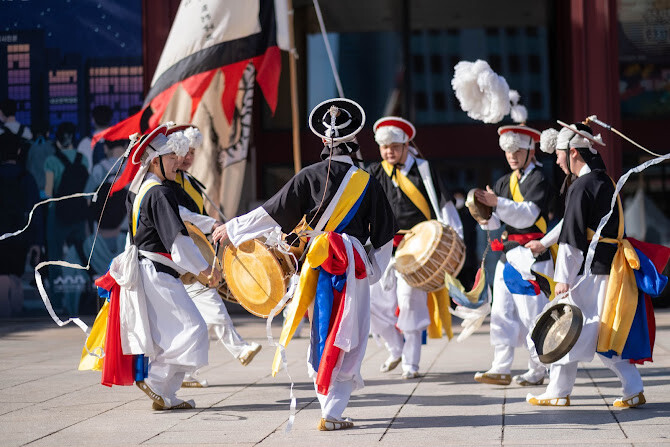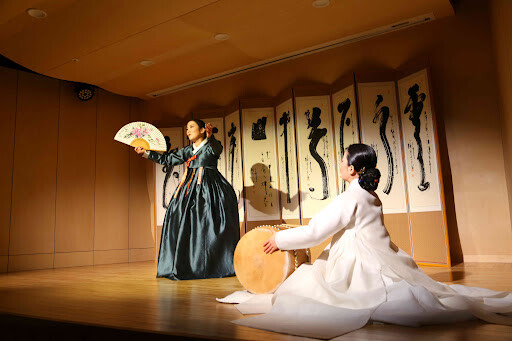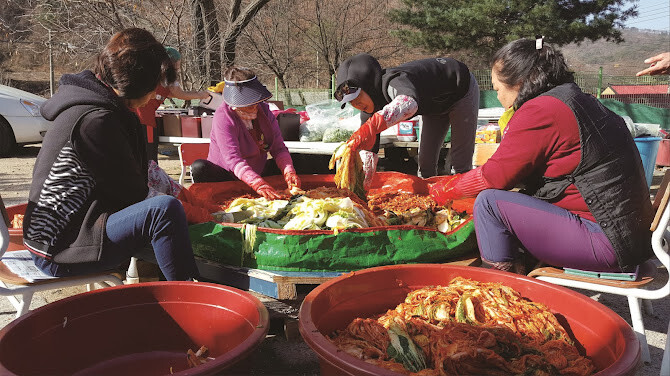
[GLOBAL ECONOMIC TIMES] Controversy is rising as China continues to designate Korean intangible heritage as its own cultural heritage. According to data released by Rep. Park Soo-hyun of the National Assembly Culture, Sports and Tourism Committee on the 4th, China has designated 101 items of Korean intangible cultural heritage, including Arirang, Pansori, and Neolttwigi, under the pretext of being related to ethnic Koreans, as intangible cultural heritage at the national and provincial levels. It was revealed that it was designated and managed as a heritage site.
The problem is that our government's response is insufficient in this situation. Of the 20 Chinese national-level intangible cultural heritage items seeking UNESCO listing, only 5 have actually been registered by Korea to UNESCO, and 7 out of the remaining 15 are neglected in Korea without being designated as national intangible cultural heritage at all. Precious heritages that show the identity of our culture, such as Haegeum, Neolttwigi, Swing Ttwigi, and traditional weddings, remain only as Chinese heritage.

Among these, 20 Chinese national-level intangible cultural heritage items are mentioned as candidates for UNESCO registration. Of the 20, only 5 were actually registered by Korea on UNESCO, including Arirang, Nongak, Pansori, Ssireum, and Kimjang culture. Of the remaining 15, 7 were not designated as national heritage. The seven cases include tungso music, haegeum, Samnoin (comic story), Neolttwigi and Swing Ttwigi, traditional wedding, 60th wedding anniversary, and hoe wedding.
Regarding this situation, Park Soo-hyun, a member of the Democratic Party of Korea, strongly criticized the National Heritage Administration's lax response. Representative Park pointed out, “Culture and history issues require long-term thorough preparation and effort, so the government’s preemptive response is urgent.”

In fact, the National Heritage Administration is being criticized for failing to prepare specific countermeasures even when China domesticates our cultural heritage. The National Heritage Administration explained that it was "pursuing improvements in the system to expand the designation of intangible cultural heritage," but criticism has been raised that this explanation is an afterthought in a situation where many cultural heritages have already been taken over by China.
The National Heritage Administration said, “In order to collect and discover intangible cultural heritage that has not been designated as national intangible cultural heritage, we have been continuously carrying out the ‘Collection of the Basic List of the Comprehensive Survey of Korean Intangible Cultural Heritage’ by field since 2013. “Among our intangible cultural heritage, Haegeum Sanjo, Neolttwigi, Swing Ttwigi, Wedding Ceremony, Suyeonrye, and Hoehonrye have been selected for the basic list and will be used as data for designating domestic national intangible cultural heritage in the future,” he explained.

In response to these comments, the National Heritage Administration emphasized efforts to improve the system to expand the designation of intangible cultural heritage, and announced that it would work to expand the protection base for Korean intangible cultural heritage designated overseas, including in China. However, in a situation where many intangible cultural heritage has already been occupied by China, some point out that these efforts alone are not enough.
Experts point out that this incident requires a fundamental reexamination of Korea's intangible cultural heritage protection system. The sovereignty of our cultural heritage must be safeguarded through systematic research and recording of intangible heritage and international public debate.
[Copyright (c) Global Economic Times. All Rights Reserved.]



























